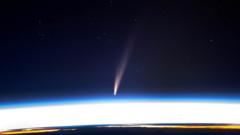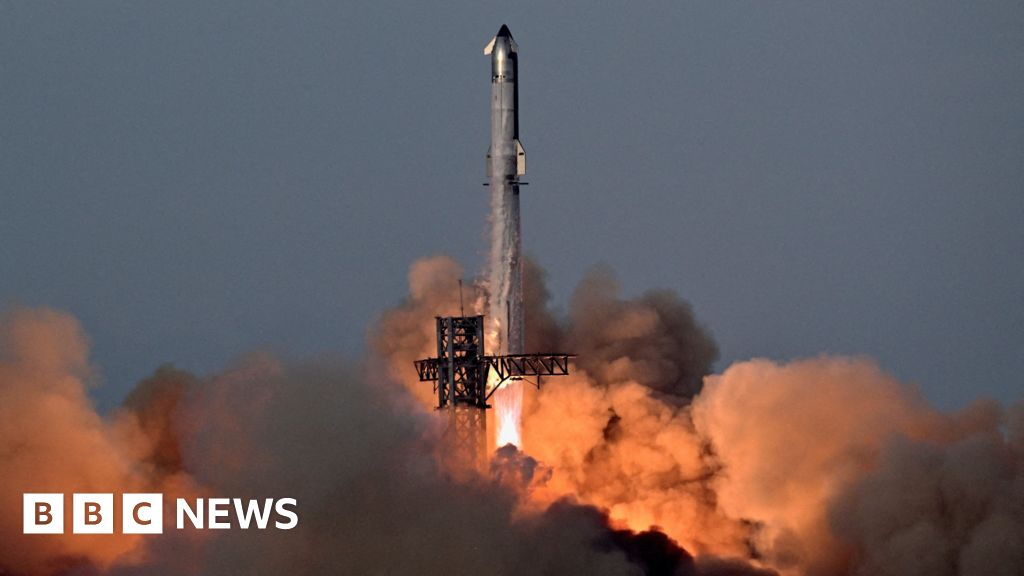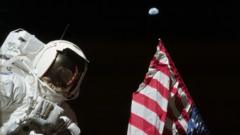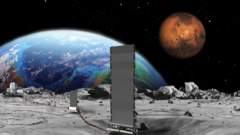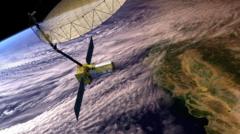Astronomers have indicated this comet could reach brightness levels comparable to Venus, although predictions about its luminance remain uncertain. Dr. Shyam Balaji of King’s College London confirms that the comet's path brings it within approximately 8.3 million miles of the Sun, marking it as a "sun-skirting" comet.
While observations from the southern hemisphere are deemed more favorable, visibility may vary due to local weather conditions. Stargazers are advised to look toward the eastern horizon just before dawn and the western horizon in the evening to catch a glimpse of the comet after its perihelion passage.
For those in the northern hemisphere, visibility could be hampered due to the comet's proximity to the Sun. Light pollution can also impact the viewing experience, leading experts to recommend dark locations and the use of binoculars or small telescopes.
Astronaut Don Pettit captured and shared a breathtaking photo of the comet from the International Space Station, describing it as a magnificent view. With the potential to be a "comet of the century," this event is garnering attention from both amateur and experienced astronomers alike. Observers are encouraged to keep an eye on the sky and follow updates on visibility forecasts to optimize their chances of witnessing this celestial phenomenon.
While observations from the southern hemisphere are deemed more favorable, visibility may vary due to local weather conditions. Stargazers are advised to look toward the eastern horizon just before dawn and the western horizon in the evening to catch a glimpse of the comet after its perihelion passage.
For those in the northern hemisphere, visibility could be hampered due to the comet's proximity to the Sun. Light pollution can also impact the viewing experience, leading experts to recommend dark locations and the use of binoculars or small telescopes.
Astronaut Don Pettit captured and shared a breathtaking photo of the comet from the International Space Station, describing it as a magnificent view. With the potential to be a "comet of the century," this event is garnering attention from both amateur and experienced astronomers alike. Observers are encouraged to keep an eye on the sky and follow updates on visibility forecasts to optimize their chances of witnessing this celestial phenomenon.

